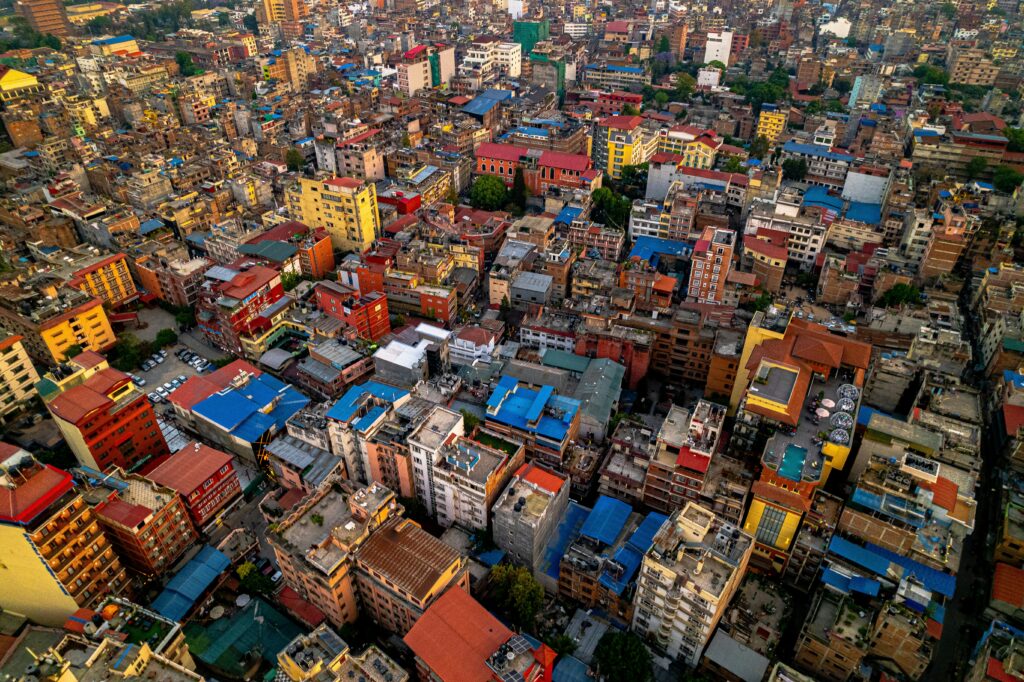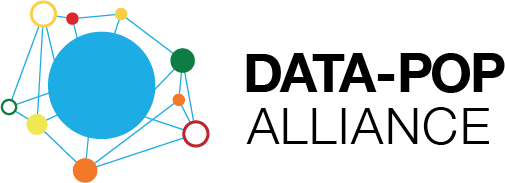Nepal
29.7
Population 2023 (Millions)
0.6
HDI Score
2022 (Max. 1)
67.1
SDG Score
2023
(Max. 100)
0.5
Gender Inequality
Index Score
(Max. 1)
N/A
Internet Inclusivity
Index 2022
(100 countries)
Overview
Nestled in the Himalayas, Nepal is a country of striking natural beauty and cultural diversity, home to Mount Everest and over 120 ethnic groups. Despite progress in recent decades—such as reductions in poverty and improved access to education and healthcare—Nepal remains one of the least developed countries in Asia. It faces persistent challenges including political instability, gender inequality, and climate vulnerability. Many communities, especially in rural and mountainous regions, lack access to basic infrastructure and services. Additionally, migration—both domestic and international—is a key livelihood strategy, with remittances making up nearly a quarter of the country’s GDP. While resilience runs deep in Nepali society, sustained development requires addressing structural inequalities and improving governance.
Projects

- Nepal, South & Southeast Asia
- November 2024 - February 2025
- Data Feminism, Geographies of Inequalities
- Partner(s): UN Women (Lead and Funder)
As part of UN Women’s “TransformCare Investment Initiative” in the Asia and Pacific region, this project aimed to promote evidence-informed decision making for equitable care systems as a foundation for inclusive urban development. UN Women led the initiative, with the Data-Pop Alliance (DPA) providing analytical and research support.
Focusing on Nepal, the project assessed the demand and supply of care services through a gender-inclusive lens. Using geospatial analysis, satellite imagery, and administrative data, the research mapped existing care infrastructure—including childcare centers and services for older persons and people with disabilities—while identifying service gaps and areas of unmet need. The goal was to provide concrete, data-driven strategies to guide policy planning and investment in accessible, affordable, and quality care systems that empower women and support communities.

- Bangladesh, Burkina Faso, Egypt, Ethiopia, Ghana, India, Kenya, Middle East and North Africa (MENA), Mozambique, Nepal, Sierra Leone, South & Southeast Asia, Sub-Saharan Africa (SSA), Sudan, Uganda, Zambia
- June 2022 - May 2023
- Data Feminism
- Partner(s): UNFPA, UNICEF (Funder)
The need to end child marriage and FGM has never been greater –without accelerated progress to end both of these harmful practices, millions of women and girls across the globe will continue to be in danger. DPA, in collaboration with UNICEF and UNFPA, conducted a comprehensive landscape mapping and review of key technology-based interventions to address child marriage and FGM across 13 countries in Africa and Asia (Bangladesh, Burkina Faso, Egypt, Ethiopia, Ghana, India, Kenya, Mozambique, Nepal, Sierra Leone, Sudan, Uganda, Zambia). During the second phase of the project, DPA carried out an in depth review of three selected interventions to better understand their effectiveness, key success factors, and potential areas for improvement.
The methodology proposed by DPA was based on intersectional feminist approach and an analysis integrating both quantitative and qualitative research methods, as well as traditional and non-traditional data sources collected at different stages of the study, underpinned by a participatory approach involving UNICEF, UNFPA, and other stakeholders.
